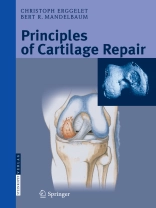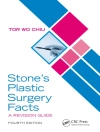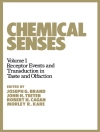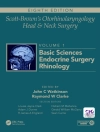Cartilage defects affect patients of all age groups. Surgeons, teamdoctors, general practitioners and physiotherapists alike are expected to provide adequate care.
Only individual treatment plans combining a well balanced choice of various options will be successful. Background knowledge, operative and non-operative therapies are described in concise chapters: Articular cartilage biology – Diagnostics – Surgical techniques – Symptomatic and alternative medications – Physiotherapy.
Diagnostic findings and surgical procedures are generously illustrated by aquarelles and colour photographs. Recommendations for additional reading, description of important clinical scoring systems and a listing of analytic tools are added for further information.
Mục lục
Articular Cartilage Biology: Chondrocytes; Collagen; Proteoglycans; The subchondral bone.- Etiology of Articular Cartilage Lesions: Trauma; Malalignments; Meniscus; Instability; Osteochondrosis dissecans (OD); Osteoarthritis; Rheumatoid arthritis; Genetic factors; Obesity; Cartilage tumors; Microtrauma.- Diagnostics: Clinical examination; Radiography; Magnetic resonance tomography; Classification of articular cartilage lesions and criteria for choosing appropriate therapy.- Conservative Treatment of Articular Cartilage Defects: Drug treatment; Physical therapy.- Operative Treatment of Articular Cartilage Defects: Refixation of detached cartilage fragments; Joint lavage/cartilage shaving/débridement; Bone marrow stimulation techniques (drilling, abrasion, microfracture); Augmented microfracture techniques; Osteochondral transplantation; Autologous chondrocyte transplantation (ACT); ACT – New procedures; Correctional osteotomies; Implantation of non-resorbable cartilage replacements.- Important Analytic Methods.












